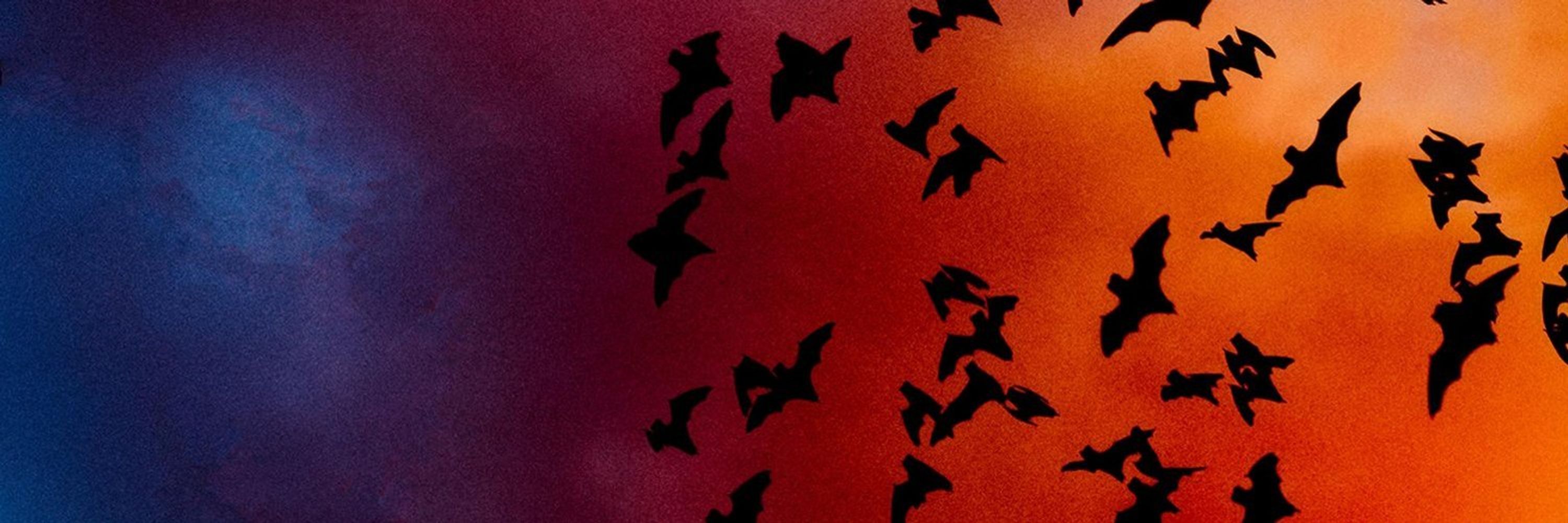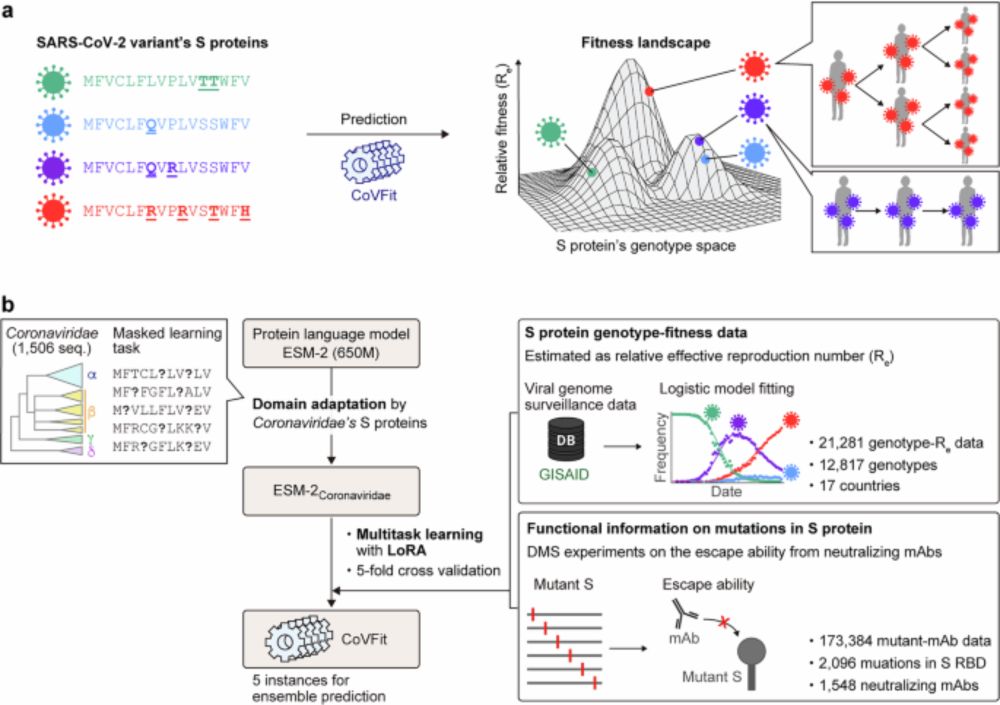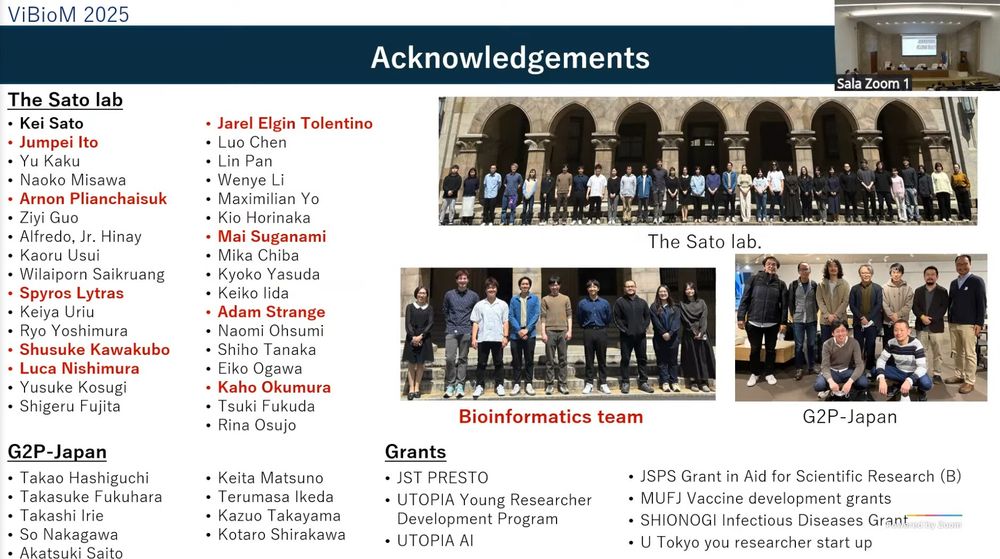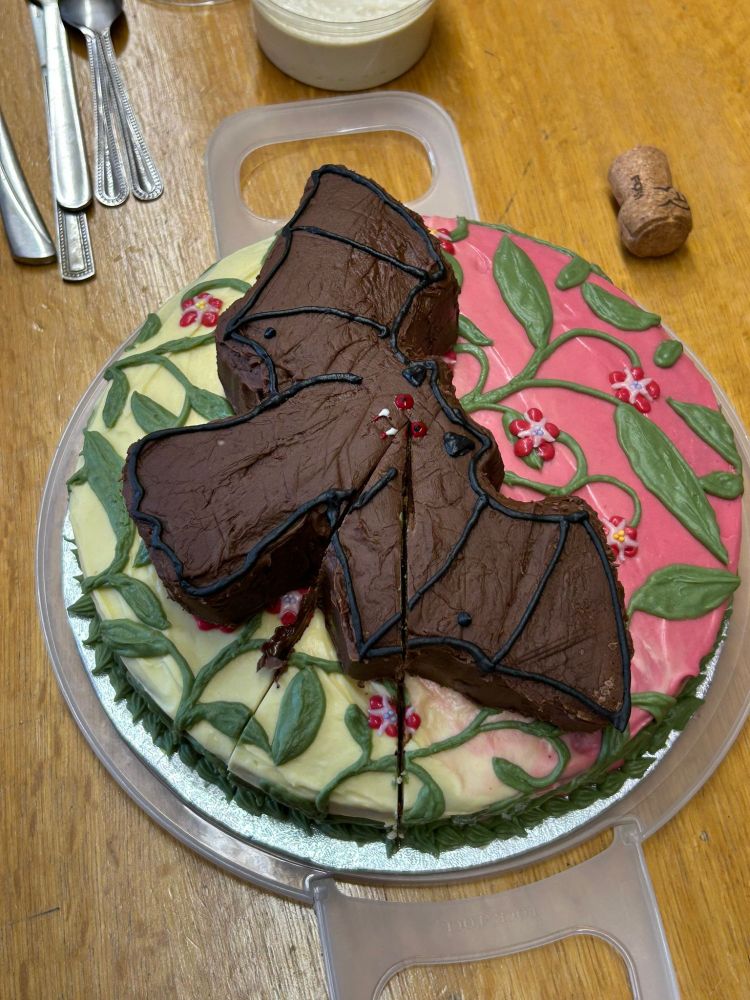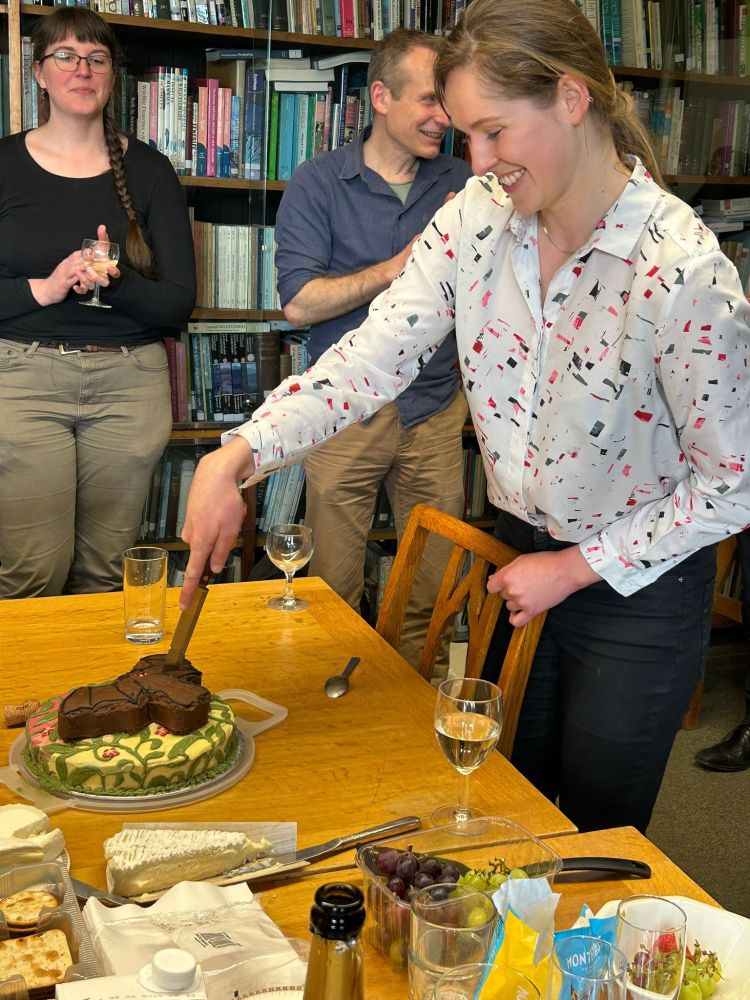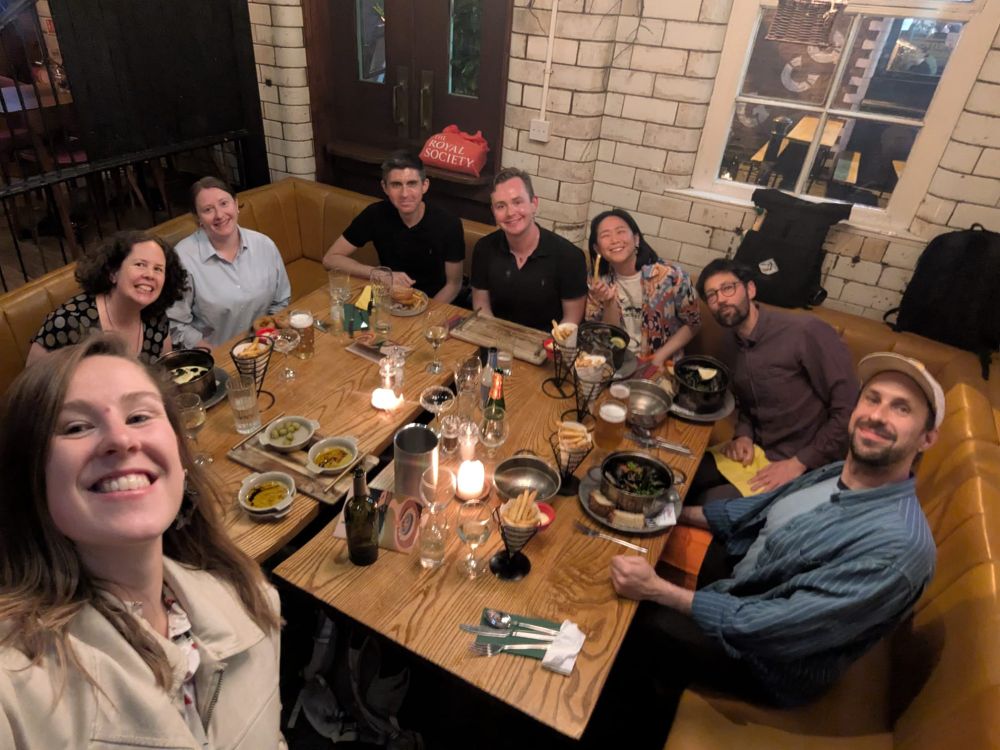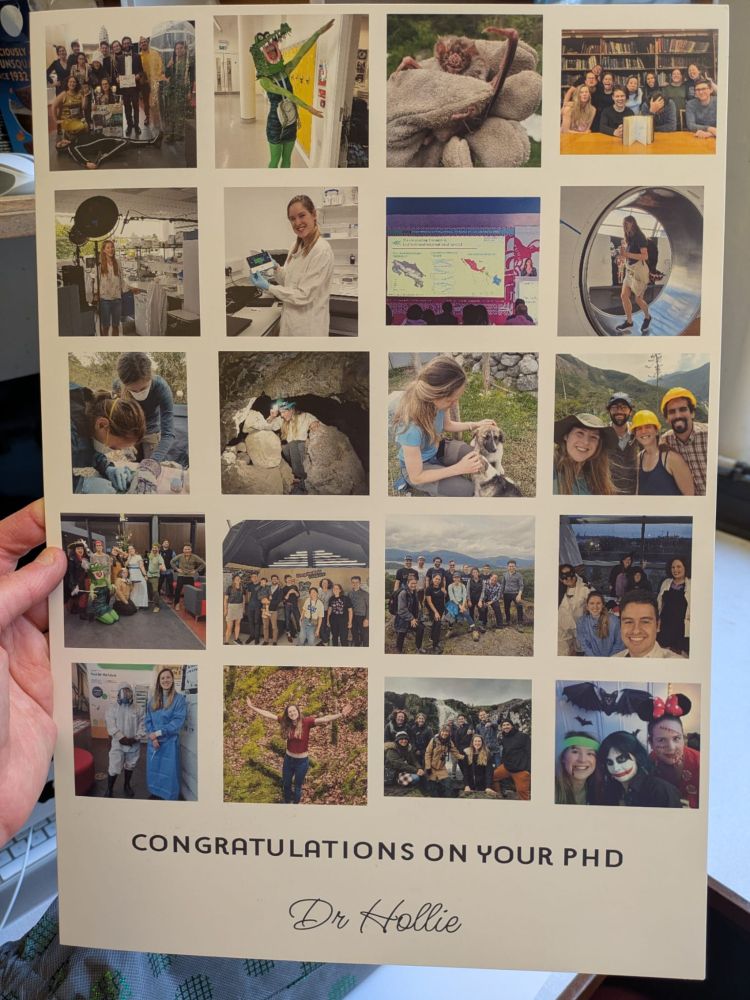Dr Liam Brierley
@liambrierley.bsky.social
350 followers
550 following
41 posts
Virologist, statistician, and science presenter.
Runs @vibelab.co.uk
Research Fellow at @cvrinfo.bsky.social
Ambassador for @royalstatsoc.bsky.social
Five parts emerging virus epi, two parts R/compsci, ten parts caffeine.
he/him 🏳️🌈♾
Posts
Media
Videos
Starter Packs
Reposted by Dr Liam Brierley
Reposted by Dr Liam Brierley
Colin Carlson
@colincarlson.bsky.social
· Jun 17
Reposted by Dr Liam Brierley
Reposted by Dr Liam Brierley
Max Farrell
@maxfarrell.bsky.social
· Mar 18

Comparative study of tropism and emergence of virulent companion animal viruses using AI-powered text mining at University of Glasgow on FindAPhD.com
PhD Project - Comparative study of tropism and emergence of virulent companion animal viruses using AI-powered text mining at University of Glasgow, listed on FindAPhD.com
www.findaphd.com
Reposted by Dr Liam Brierley
